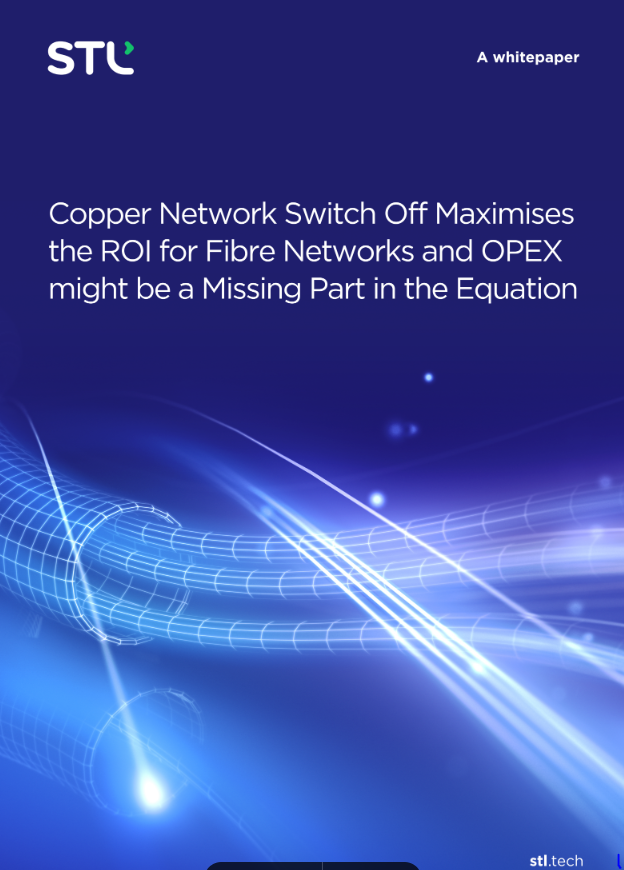Abstract
As the world becomes increasingly reliant on high-speed digital connectivity, the transition from traditional copper networks to Fibre-to-the-Home (FTTH) networks takes centre stage. This paper delves into the multifaceted landscape of this transition, exploring the intricacies of funding, investor focus, operational expenses (OPEX), and the imperative of quality build architecture. It delves deep into the transition process, analysing crucial factors that shape the success of this migration. Drawing from real-world case studies and industry insights, we uncover the strategies that drive successful FTTH rollouts while ensuring a substantial return on investment (ROI).
Introduction
In the ever-evolving technological landscape, access to reliable and high-speed internet connectivity has become a fundamental necessity. The transition from copper to fibre broadband network presents a pivotal step towards meeting this demand. The global agenda for copper network decommissioning is a prominent topic among incumbent telecom operators worldwide. In Europe, the momentum behind fibre rollout is continuously growing, with over 100 million households in the EU28 region now enjoying the ability to access fibre-to-the-home (FTTH) broadband. Concurrently, traditional copper-based broadband connections are steadily diminishing. Additionally, mobile-based broadband solutions are emerging as robust contenders, particularly in areas still reliant on copper-only infrastructure.



